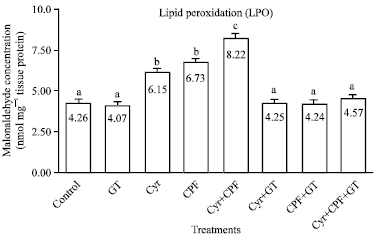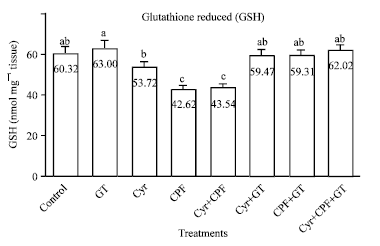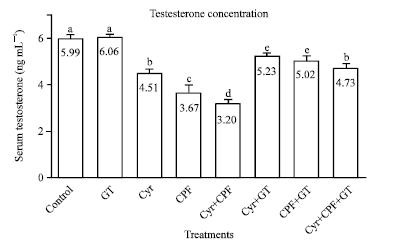Research Article
Oxidative Damage and Reproductive Toxicity Associated with Cyromazine and Chlorpyrifos in Male Rats: The Protective Effects of Green Tea Extract
Environmental Toxicology Research Unit (ETRU), Department of Pesticide Chemistry, National Research Centre (NRC), Cairo, Egypt
Abdel-Tawab H. Mossa
Environmental Toxicology Research Unit (ETRU), Department of Pesticide Chemistry, National Research Centre (NRC), Cairo, Egypt
Azza W. Ibrahim
Environmental Toxicology Research Unit (ETRU), Department of Pesticide Chemistry, National Research Centre (NRC), Cairo, Egypt
Hala F. Abdel-Hamid
Environmental Toxicology Research Unit (ETRU), Department of Pesticide Chemistry, National Research Centre (NRC), Cairo, Egypt
















